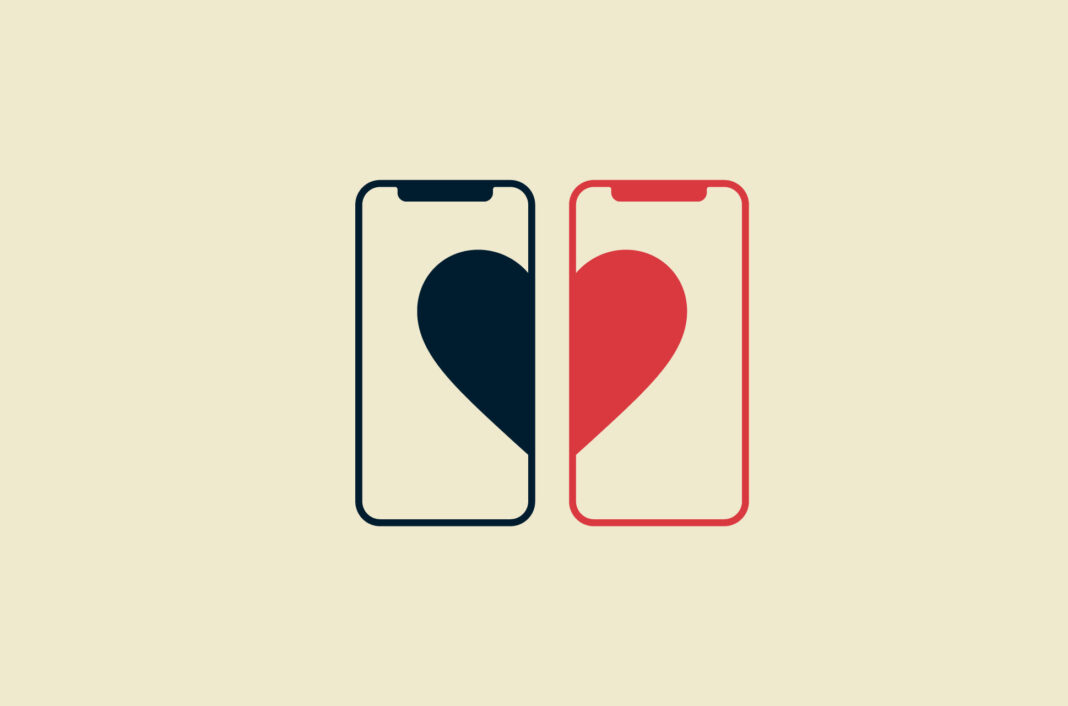Dating apps are safe to use—if you take precautions against dating scammers and protect your privacy by keeping your personal details to yourself. In the past decade, online dating has gone from lightly taboo to fully mainstream, with countless relationships forming on dating platforms, whether resulting in marriage, friendship, or something else.
But apprehension still makes sense. Dating apps can seem antithetical to maintaining personal privacy. It’s a situation in which you’re expected to provide information about yourself to strangers—the more information the better, one might say, with clear photos and numerous personal facts.
But this does not seem like a good idea, with all the scams, data leaks, and identity thieves out there.
All we can strive for is balance: Put yourself out there without putting yourself at risk. You can still attract people to you based on who you are without making it easy for them to stalk you online or steal your identity based on your dating profile alone. Here are a few dos and don’ts when using dating apps.
Don’t: Sign up with your social media account
Like many apps, dating apps allow you to sign up using a social media account. This means you can skip through the signup process with just the tap of a button. It’s convenient, but you’re also giving up information about your social media accounts to the dating app, helping the app build a profile on you. Another risk is if your social-media account login is compromised, your associated app accounts will automatically be compromised too.
Moreover, some dating apps will automatically use your social media profile picture as the primary photo of your dating profile. This makes it extremely easy for people to pull up your social media profile, which likely reveals a lot more about you (such as your full name). It is easy to change your profile picture, but in general, to stay private, sign up for your dating account manually.
Don’t: Use photos that give away your identity
“A picture speaks a thousand words,” as the old adage goes, but this also means photos can reveal a lot about you.
When picking out photos for your dating profile, avoid using photos that show your regular hangout spots, your friends and colleagues, where you live, or where you go to work. Stick to those that have only you in them and those that do not give away your personal data.
Also avoid using the same photos used for your social media account profile pictures, as a Google image search would lead someone to your social account or confirm your identity.
Don’t: Link your social media accounts
Many dating apps let you connect your social media accounts to your dating profile to show to your potential matches you are a real person and to give more information about you. For example, Tinder lets you link your Instagram account to it, showing your most recent photos on your dating profile.
By doing so, you’re giving away a lot of information about your life—like your daily routine, places you go to, and the faces of your loved ones—to total strangers. And the more profiles or accounts you’re linking together, the more prone you are to identity theft.
Do: Use a nickname or fake name
Ideally, use a nickname or fake name. We’re not saying to lie about who you are—well, maybe we are, when it comes to your name. Again, ideally you don’t want someone to be able to Google you—which your name would go a long way to facilitate. You can always tell your matches your real name in the chat or in real life later on.
Do: Minimize the personal info you put on your profile
We want to come across as authentic and honest in our dating profile, but privacy doesn’t necessarily favor that.
Besides your name and your age, many dating apps ask a string of other personal questions, like your workplace, education background, and religious views. It’s a good idea to skip them if they aren’t mandatory. You can always bring these topics up in a chat or a meetup later.
Do: Restrict the app’s location permissions
Most dating apps do not let you turn off location sharing completely, because they are designed to show you potential matches within your vicinity. That said, you can always set the location permission to “while using the app” so that your location won’t be used if the app is just running in the background.
Do: Keep the conversation within the app at first
Congratulations, it’s a match! Once you start to chat with your match in the app, the next step is usually to exchange phone numbers so you can communicate using your usual chat apps. Be cautious if you’re asked to give your phone number too early. Your phone number could be used by scammers for identity theft. Stick to the app’s built-in chat first.
When ready to take the chat elsewhere, consider using a chat app that doesn’t involve giving away your phone number, like Telegram, Discord, or Skype.
Read more: How to use disappearing messages on your chat apps
Do: Pause your account if you want a break from the app
Having second thoughts about dating apps? Consider hiding your profile for now. This stops it from showing on people’s feeds, but you won’t lose your existing matches and chats. Some dating apps like Bumble and Hinge let you hide your profile for free, while some others offer it as a paid feature. However, you might not be able to chat with your matches when your account is paused.
Do: Delete your profile if you don’t use the app anymore
Found someone? Or just done with dating? Maybe it’s time to delete the app from your phone. (It’s a good habit to declutter your phone from time to time, anyway.)
Before removing the dating app, make sure to also delete your profile. Learn how to delete your profile on Tinder, Bumble, and Hinge.
If there isn’t an option to delete your profile, you can insert fake details into your account. This is so if your profile still shows on people’s feeds even if you no longer use the app, you’re not displaying a real profile or giving away any real information.
Read more: What you should do when deleting an app from your phone
























